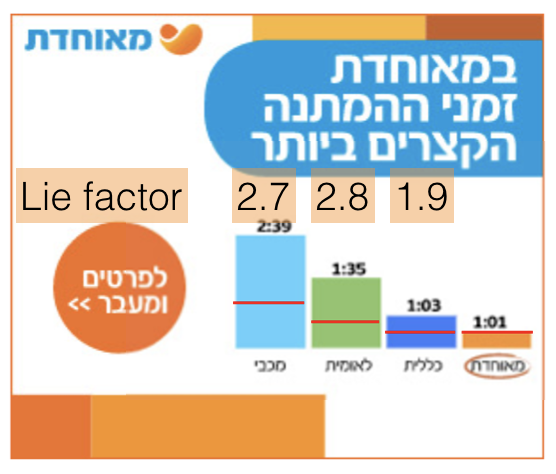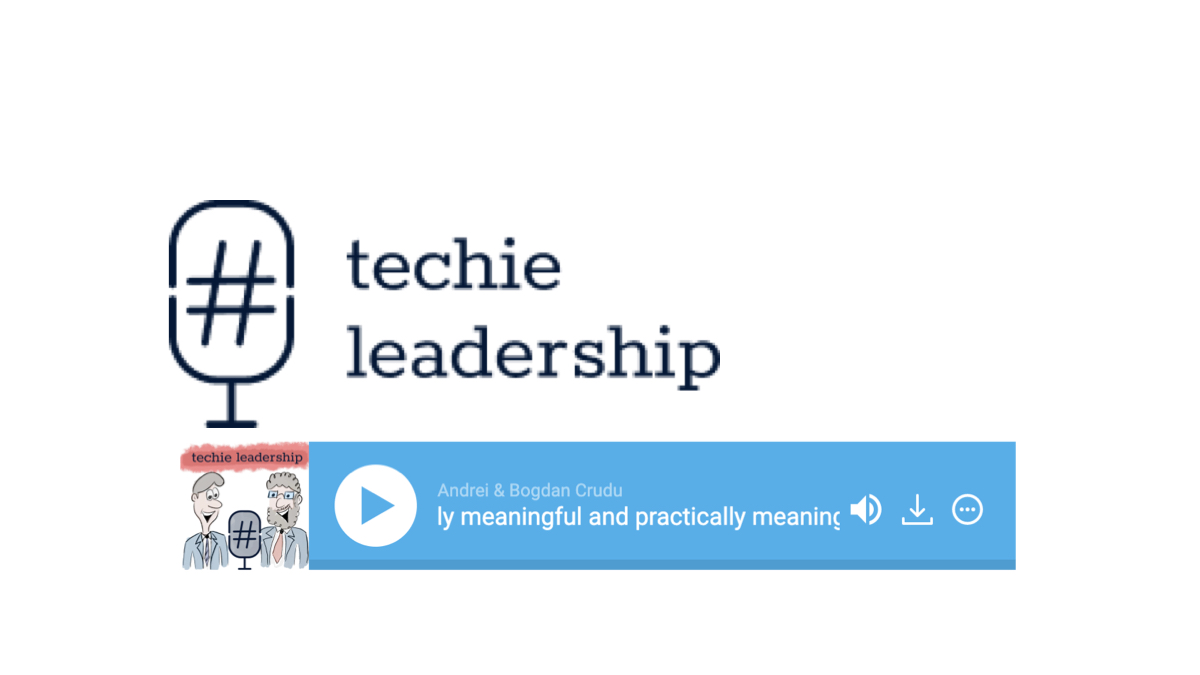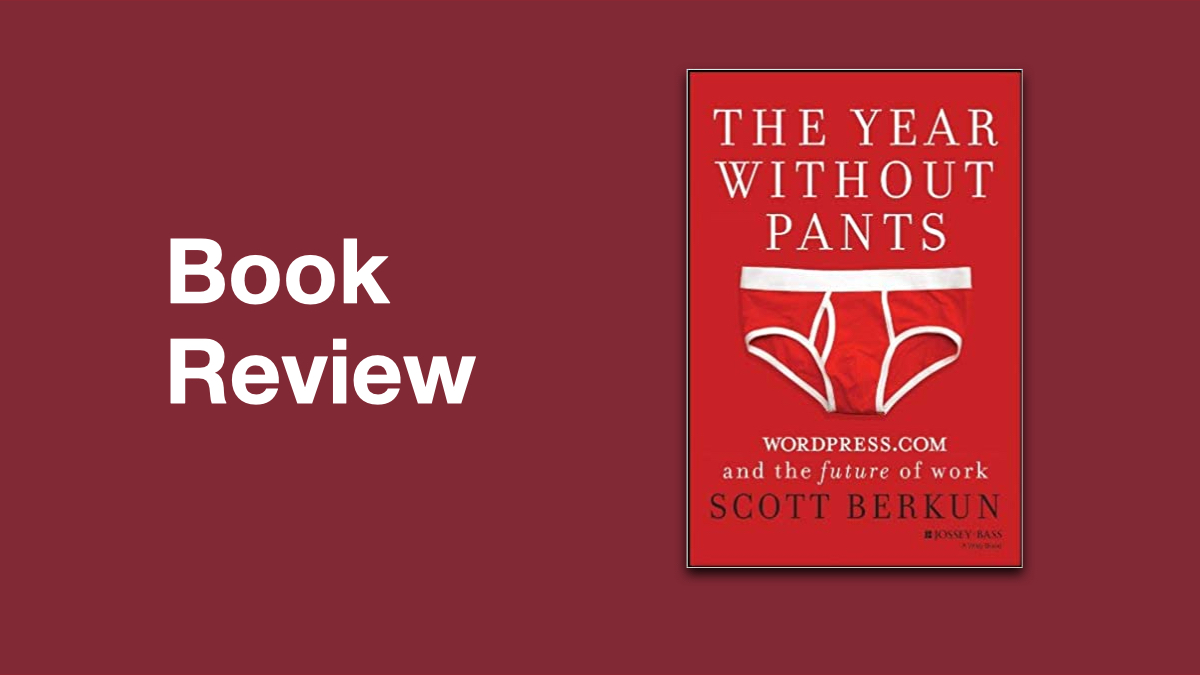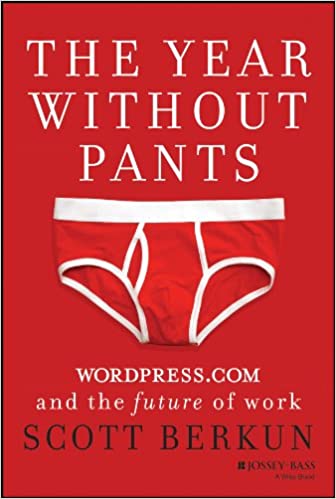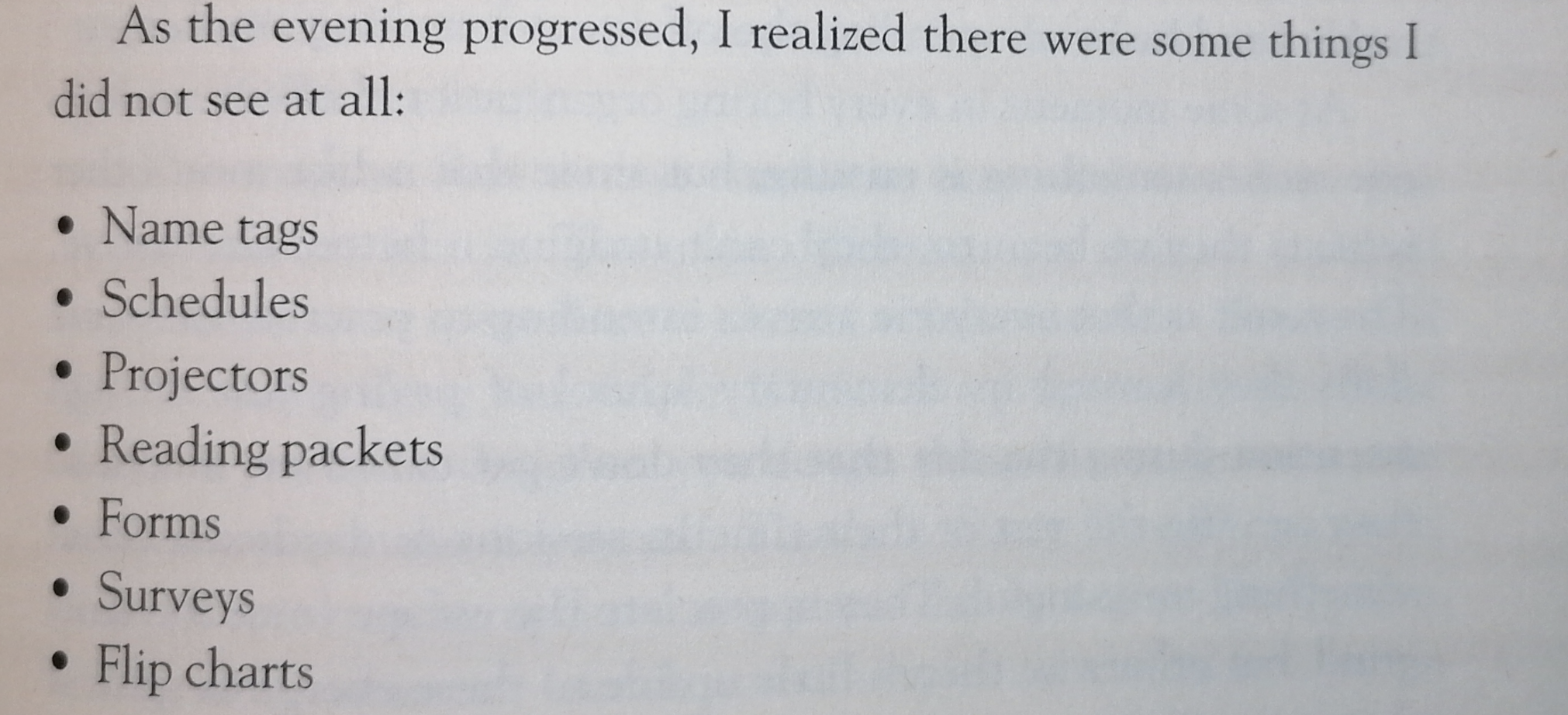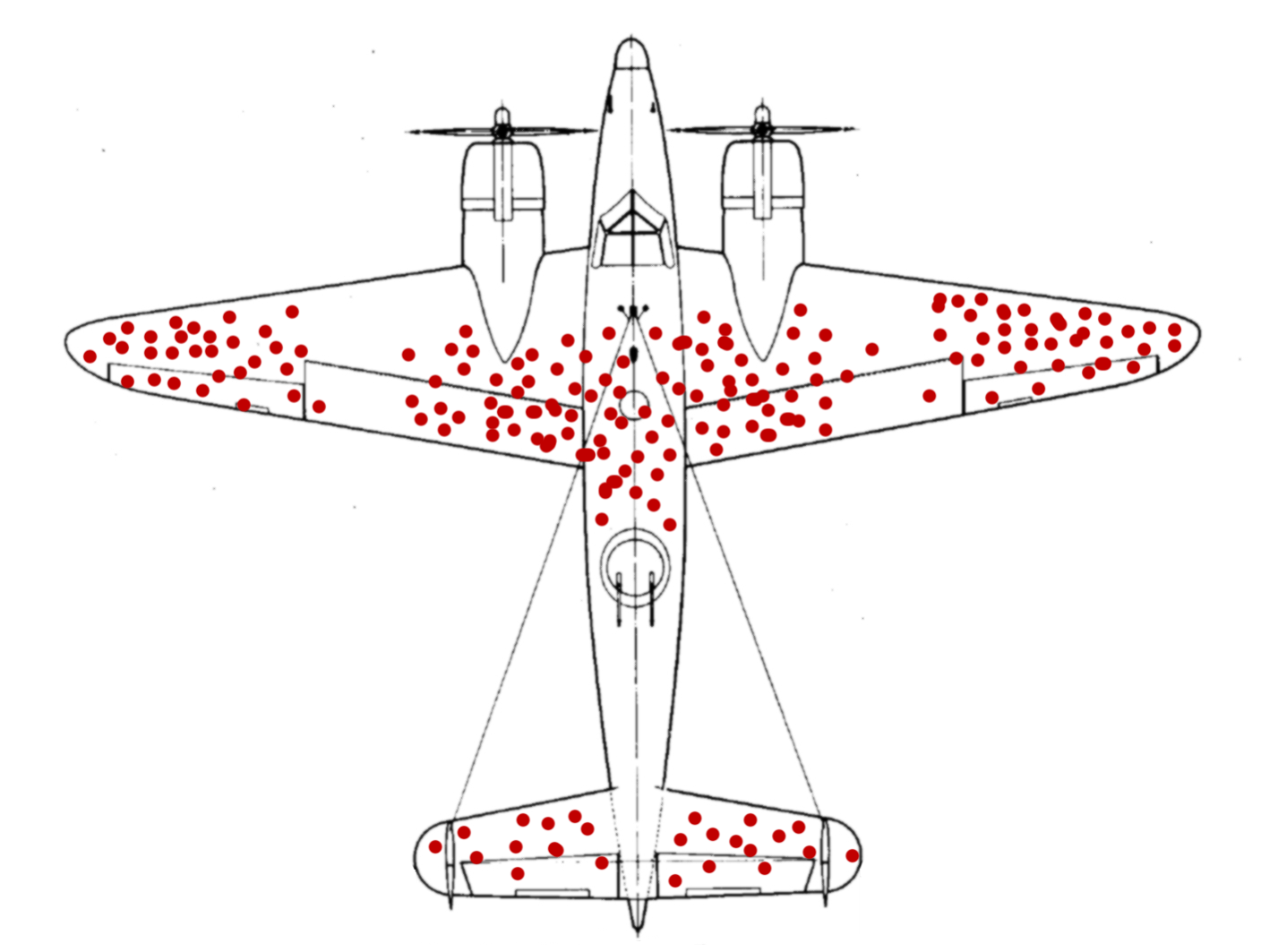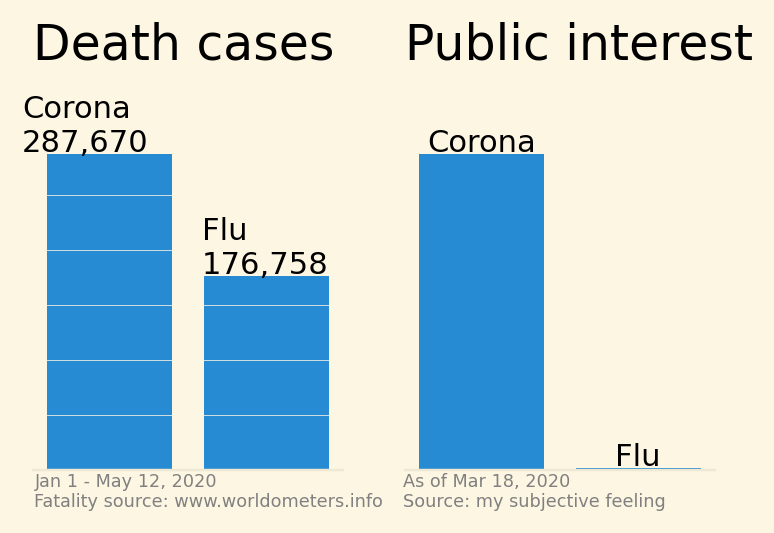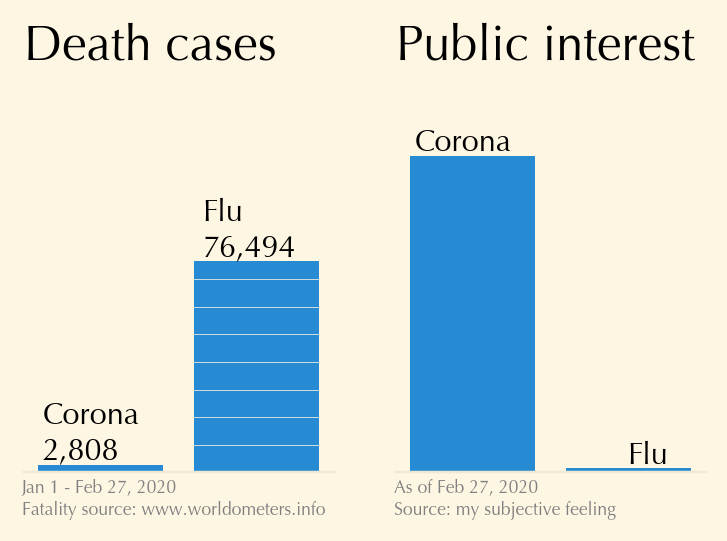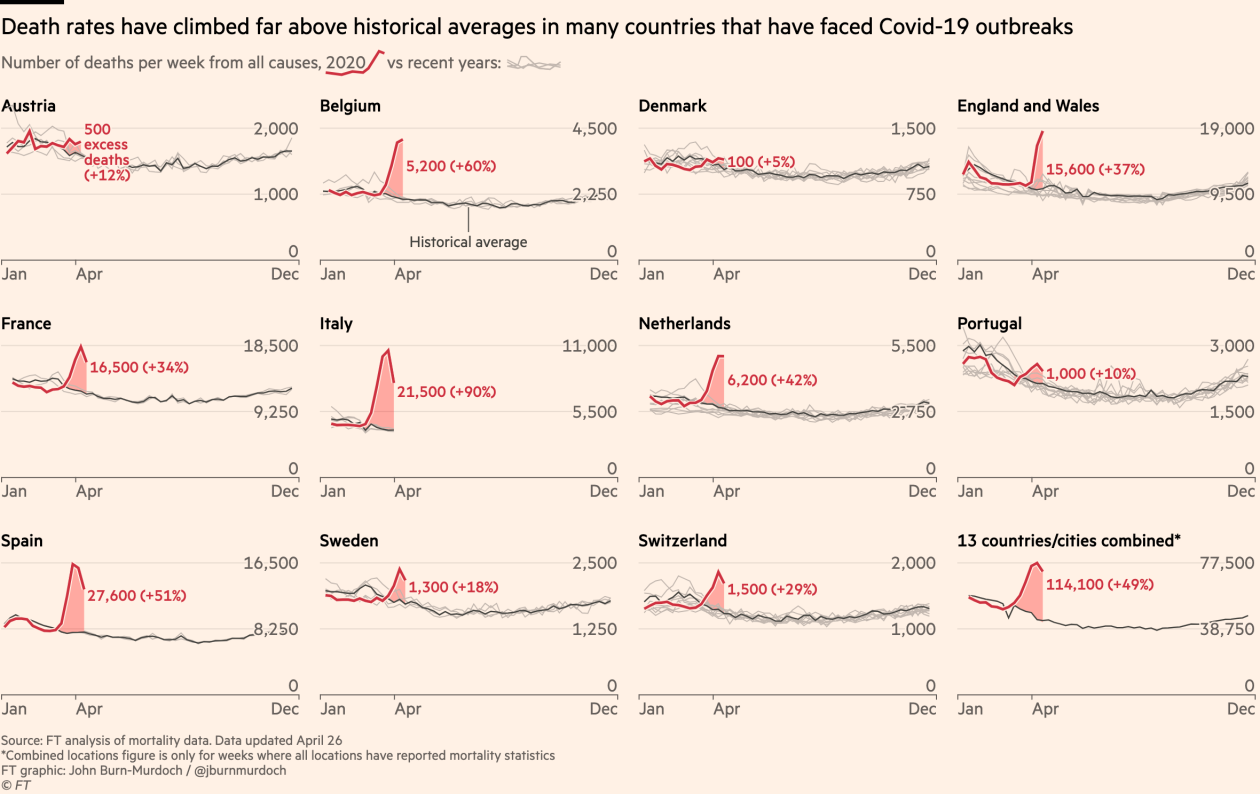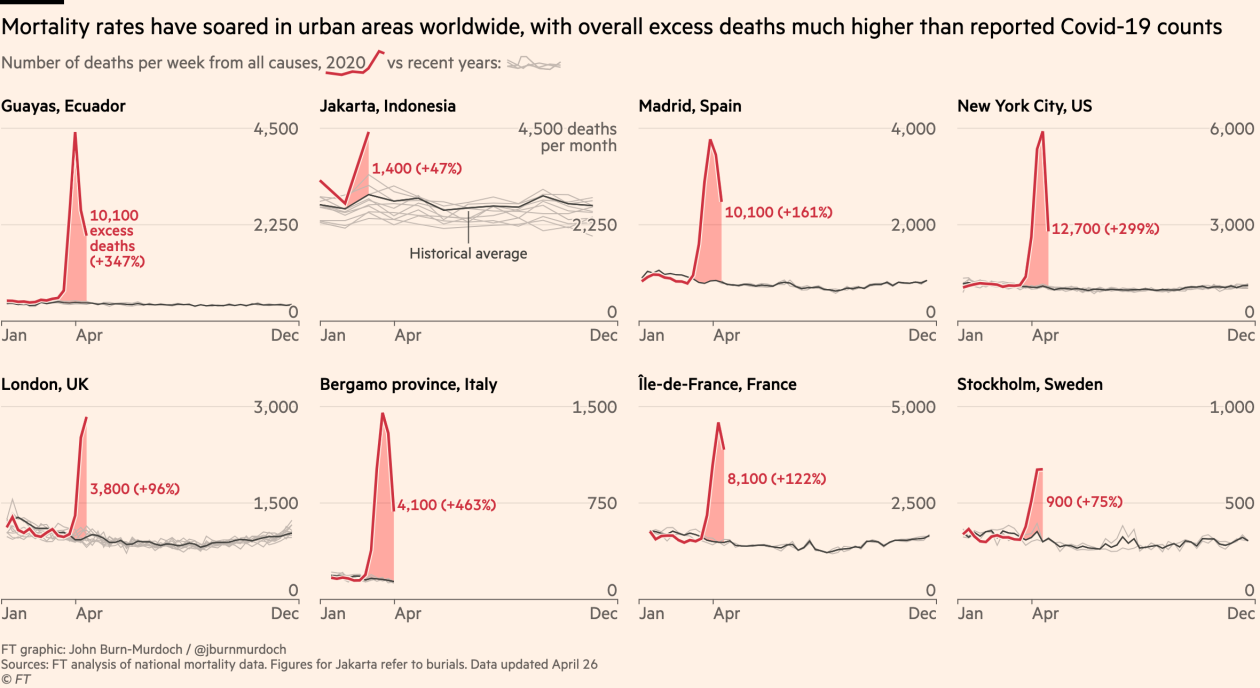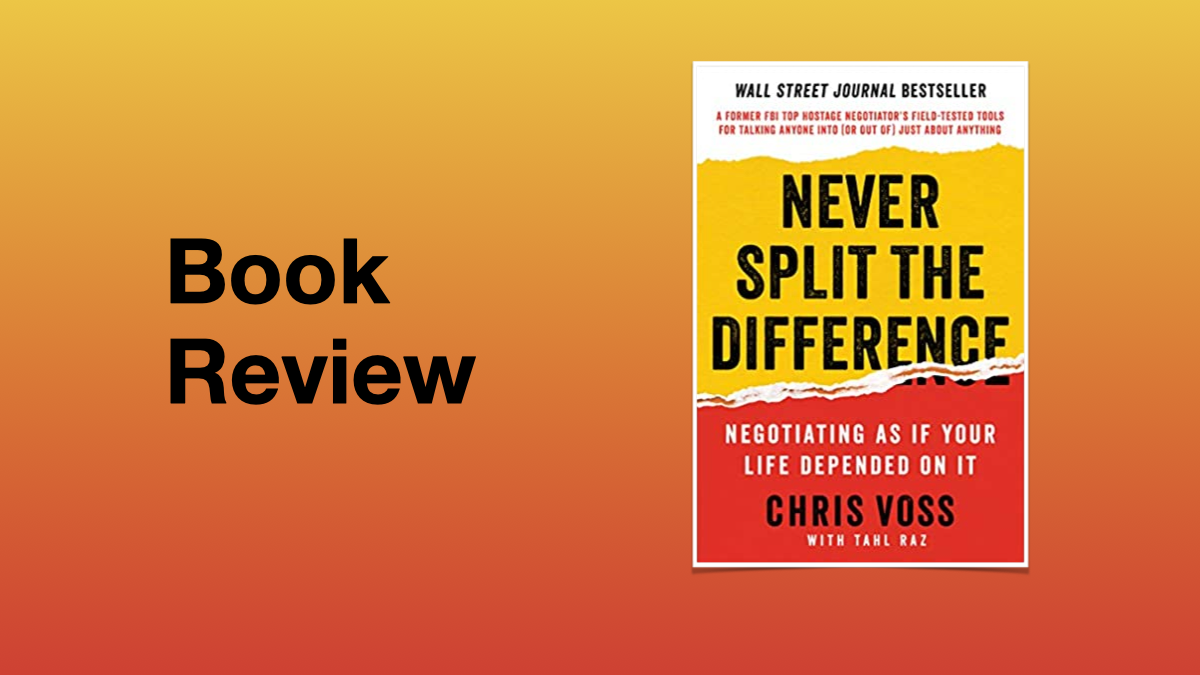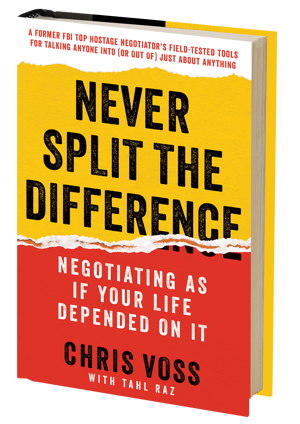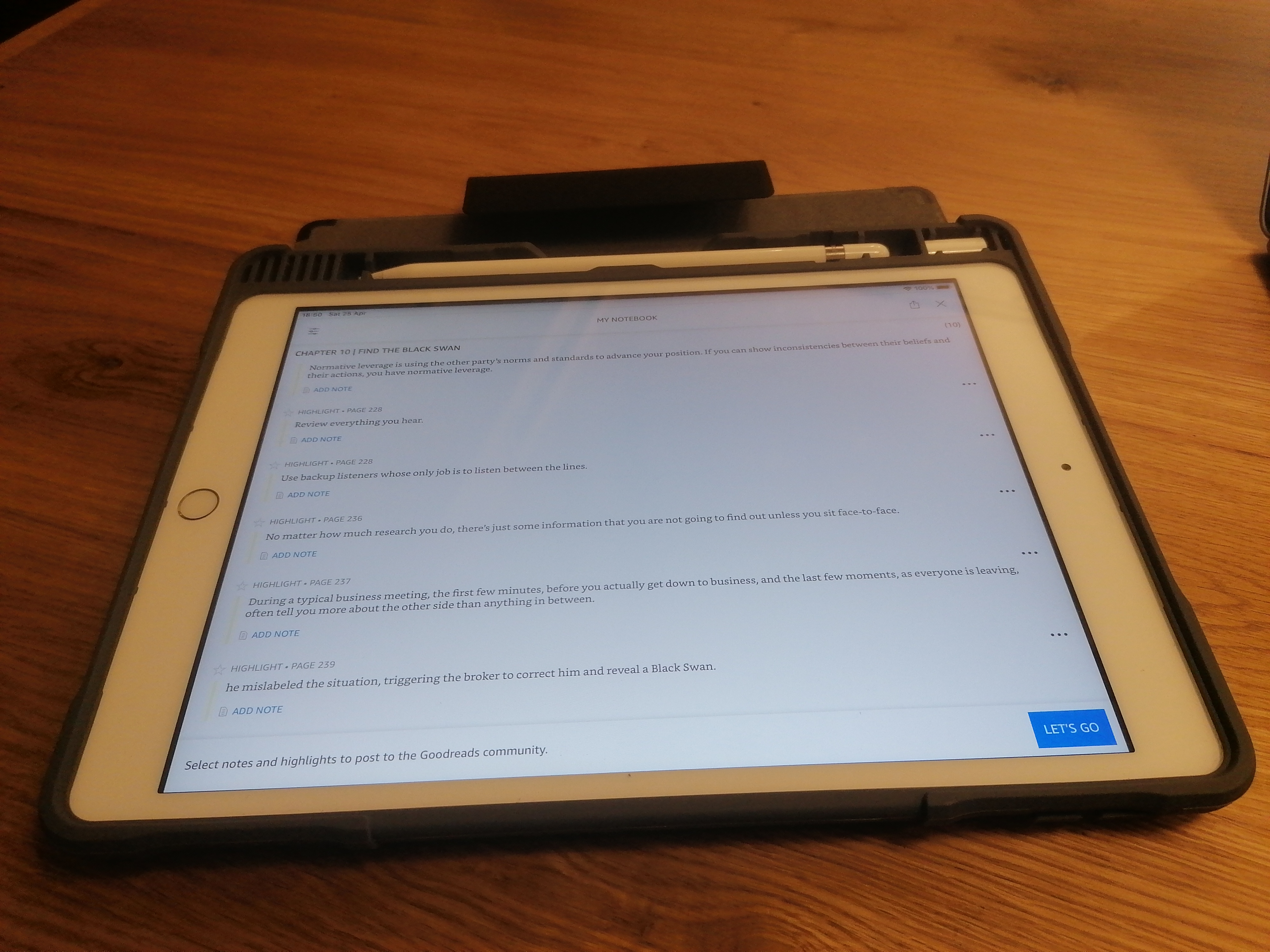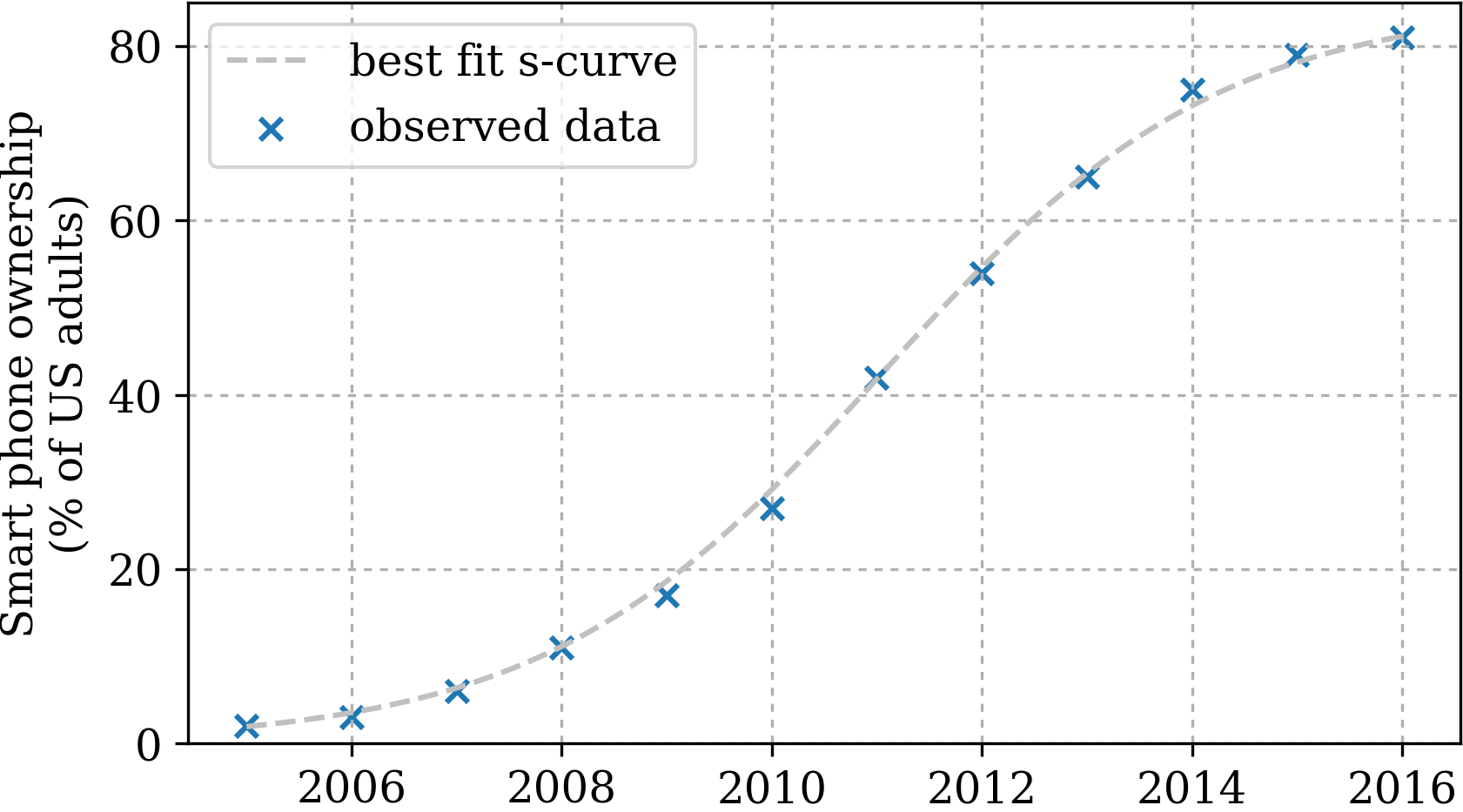TL;DR Good motivation to improve communication. Inadequate source of information on how to achieve that
The central premise of Five Stars Communication Secrets to Get from Good to Great by Carmine Gallo is that professionals who don’t invest in communication skills are at high risk of being replaced by computers and robots. One of the book’s sections bares the title that summarises this premise very well “Storytelling isn’t a soft skill; it’s the equivalent of hard cash.” I firmly believe in these premises. That is why I invest so much time in learning and teaching data visualization, in public speaking, and blogging.
When I started reading this book, I got excited. I kept marking one passage after another. Gallo packed the first part of the book with numerous citations and explanations on how a lack of communication skills is the most severe risk factor in the career of a modern professional, team, or company. One example leads to another one, and one smart conclusion followed another one.
Then, I started noticing that the book tries to convince me more and more, but I didn’t need that convincing in the first place. More than half of the book is evangelism. The author tells you how essential communication skills are, then he gives you some examples of people who did it right, and then again talks on importance. Again, and again, and again. Where are all those “secrets to get from good to great”???
When, finally, we get to the practical parts, the reader is left mostly with shallow, almost trivial bits of advice.
Some of the most important points I took from this book
 Slight feeling of a hamster-wheel while reading this book
Slight feeling of a hamster-wheel while reading this book
Adopt the three-act storytelling approach to presentations. The three-act storytelling approach worked for Homerus, Shakespear, Tarantino, and there is no reason it should fail you in your technical presentations. Fair enough. On the other hand, this 2012 article by Nancy Duarte, provides more depth and more actionable information on this approach (follow Duarte’s blog if presentation skills are something you are interested in).
“In the first two to three minutes of a presentation, I want people to lean forward in their chairs.” I like this citation by Avinash Kaushik, Google’s digital marketing evangelist. I will undoubtedly try this approach in my next presentations.
Should you read this book?
If you read these lines, your job depends on your communication and presentation skills. If you believe this premise, you can skip the first 60% of the book. If you want to improve your communication skills, I suggest reading Jean-luc Doumont’s “Trees, Maps, and Theorems,” which is much shorter, but also much denser in methods and practical advice.
The bottom line
3.5/5




